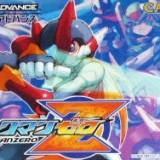My Running Commentary for GiantBomb's Fire Emblem Fates Quick Look
By raycarter 0 Comments
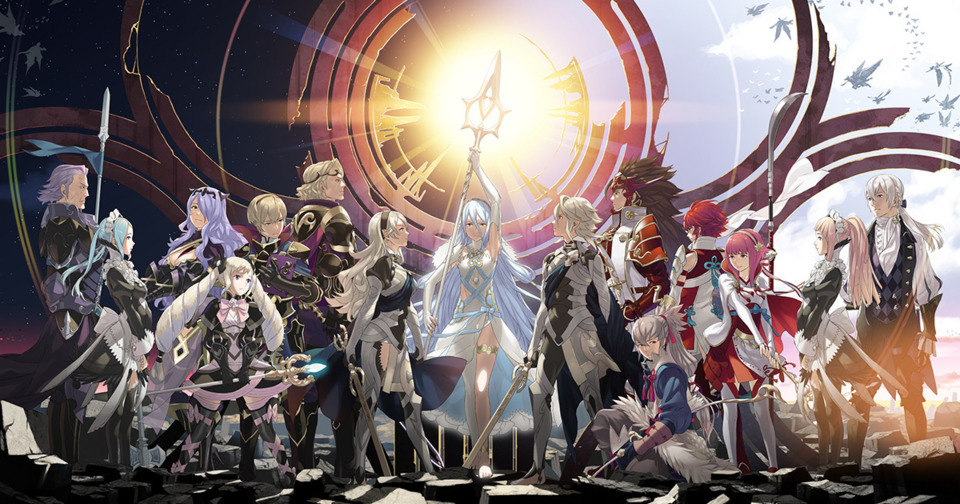
I’ve put in at least 100 hours into Fire Emblem Fates, even if I don’t consider myself an expert on the game (never played past the normal difficulty). I don’t think it is as memorable as Fire Emblem Awakening, but I really liked playing Fates regardless and I expect to play it for the foreseeable future. Its stories in either the Birthright or Conquest paths are a combination of derivative and nonsensical. But it did a better job of rebalancing the dual guard and attack mechanics from Awakening, because enemies could now have access to those skills and are thus harder to defeat. Once I finished my super-grinding on Birthright (get all the support conversations, all the offspring characters etc), I hope to finally play the third (Revelation) path and see the “golden ending” for myself. Maybe I could even push myself to play on hard difficulty?
This is the context that I took with me when I watched the Quick Look for Fire Emblem Fates. I was not there to be introduced to the game, since I played it a ton already, but just to see how the site covered it. I thought the 8-4 Play conversation does a good job of contrasting the Birthright and Conquest campaigns. But after watching Quick Look, especially the second half of it, I was thinking, “I’m pretty sure that’s not how one should go about playing the game”.
I want to make clear in posting this that I am not trying to crap on Dan Ryckert. I didn't expect him to be a Fire Emblem savant, and lord knows that I'm not that much better a Fire Emblem player than he is. I believe him when he says that playing FE: Birthright and explaining its mechanics at the same time is hard. I agree with his observation that Fire Emblem characters consist of standard anime archetypes - some better executed than others. He’s also playing the game on casual mode - no permadeath - so his moves are not as costly as they would have been on classic mode. Some of his moves were for the sake of demonstrating certain parts of the game, like attack animations and so on. In the end, Ryckert should get to play the game the way he wants to play.
This post is an attempt to clarify exactly what I meant when I said “that’s not how one should go about playing the game", and at least explain what I would done differently compared to what Ryckert did in the Quick Look. The hope is that anyone reading this post will have a better grasp of Fire Emblem Fates, its game mechanics and some of its overarching themes. I have provided time stamps and stills from the video for the sake of convenience and making it easier for anyone reading this to follow.
—
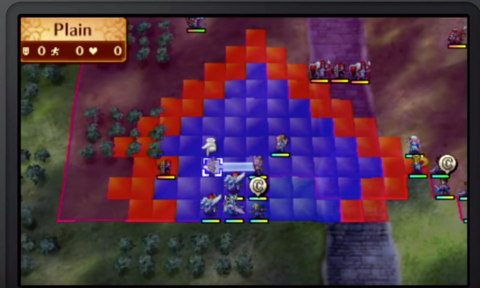
17:30 - Here Ryckert uses Orochi to attack an archer with Ox Spirit. He is doing this to demonstrate the combat animation, but he could have played that better. Ox Spirit, like other scroll/tome weapons in FE Fates, has to ability to fight at both close and long range. If I was in the same position, I would have moved Orochi directly right next to the archer and attacked him there. Because archers overwhelmingly cannot respond to attack from melee range, Orochi would not have to risk losing 10 HP from the archer’s long-distance counterattack. The archer missed his attack, so no harm done, but still….
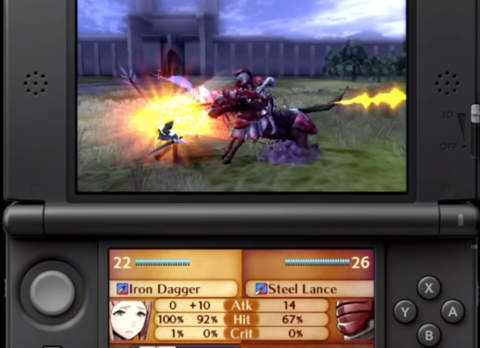
20:21 - Ryckert moves Azura, the fragile singer unit, into enemy range without even having her use her sing ability to grant an adjacent character an extra turn. Had the two nearby cavalier units attacked her, she probably would have been knocked out. Then again, perhaps the only reason why Azura didn’t become (temporary) mincemeat is because the enemy units were also successful in doing damage to Felicia (20:47). Kaze should’ve been KO'ed (21:22) given that the enemy cavalier had a 75% chance to hit him with a javelin, but the RNG Gods smiled down upon the Quick Look and spared him.
21:50 - I remembered watching this part and going “Excuse me?!” out loud in front of the computer screen. Like tome weapons, dagger/shuriken weapons, used by ninja units like Kaze, allow their users to attack from melee range or from distance. Kaze did not have to take 11 damage from the archer to kill him. He could have moved right next to the enemy and attacked without any fear of reprisal.
22:20 - Here is a good moment for me to go into a modified mechanic introduced in Fire Emblem Awakening: Dual Attacks and Dual Guards.In Awakening, adjacent units get to work with one another and increase their combat efficiency. Sometimes they attack the same unit when one unit attacks, and other times they cover for each other when an enemy attacks. Fire Emblem Fates nerfed this system to reduce the frequency of Dual Guards and decrease the potency of Dual Attacks, but players should still take advantage of them just for that little extra damage and protection.
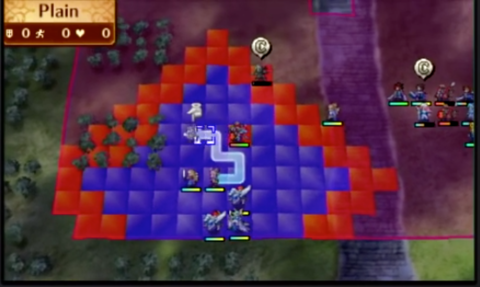
It is surprising to me that Ryckert decided to move Orochi away from the rest of his characters to attack the cavalier alone. Had Orochi attacked with a character right beside her, she stands to gain a couple of benefits. Her attack's accuracy would go up, the enemy’s attack accuracy goes down a little bit, and the allied adjacent unit (in this case, the Sky/Pegasus Knight Hinoka) would have chipped with with a Dual Attack that would deal a little extra damage (my rough guess would be 1-3 points of damage in the scenario). An example of a Dual Attack comes in 20:47, when Felicia tries to fight off a cavalier with Ryckert (who turned into a dragon). The video does not show an instance of a Dual Guard.
Dual Attacks and Guards (or just having characters standing adjacent to one another and being attacked) also serve the function of improving the relationship between characters, meaning that they can move along their support conversations much faster otherwise (assuming they have a list of support conversations with each other to begin with). So if Ryckert wanted to marry his player character to Orochi, he could have achieved that objective faster by either placing them side by side or pair up the both of them to increase the combat stats of one of the two in combat (an example of the Pair Up mechanic comes in 22:44). And by extension, units with stronger bonds also fight a bit better too; the adjacent partner’s dual attack will be just a bit stronger, and the stat boost through pairing up also goes up noticeably.
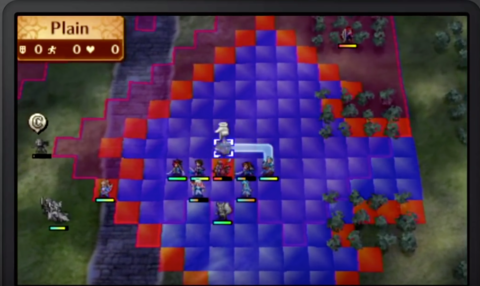
23:58 - See above. Silas could have been one tile south of the enemy cavalier, not north and benefit from a Dual Attack from either Felicia, Azura or Kaden. Even if those Dual Attacks are not necessary, Silas would have built relationships faster with Azura and Felicia.
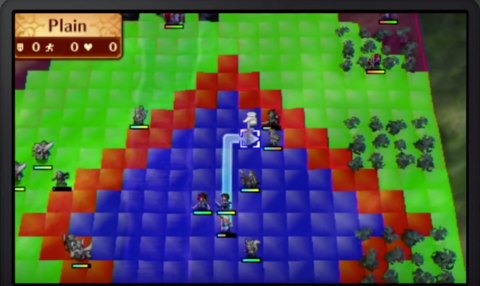
24:27 - Here is another missed opportunity. Ryckert moves Felicia just two spaces away from Hinata and yet skips her turn without letting her use staves (the Sun Festal) to recover his health. If she used the Sun Festal, Felicia would have also received a heal when healing Hinata because of her “Live to Serve” skill, which allows a healing character to recover as much HP as the recipient of the heal did. And it’s not like Felicia is that constrained by the number of times she can heal in the mission. Her Sun Festal has 15 charges, and her Heal staff has another 18 more. That said, Ryckert does redeem himself a bit when he orders Felicia to heal the near-KO’ed Kaze some turns later (29:50). Oh, and healing/singing also builds relationships. Ideally Ryckert would have Azura sing (like she did in 27:37) to other units every turn to gain EXP and build relationships with the other characters, but it’s not a necessity.
—
Some other notes I jotted down for the Quick Look, just clearing some misconceptions:
6:13 - It’s a little unclear here, but Ryckert seems to be suggesting that the Nohrians are a bunch of “lame, rich, aristocratic bad guys”. I can understand Ryckert for making that statement, since he was not all that deep into either the Birthright or Conquest campaigns, but that sentiment runs exactly contrary to what the Fire Emblem Fates writers had in mind when depicting the Kingdom of Nohr.
The overwhelmingly majority of Hoshidan characters (from their royal family to their retainers) are of noble descent. Characters like Hana and Setsuna came from a long established line of families who served royalty for generations, and thus a good portion of them came from backgrounds of relative economic privilege. Some characters, especially the ninjas, were not as wealthy growing up, but their families also served royalty over the generations too; that means that the current crop of ninjas that the players get to command came into their roles because of their familial connections (and lots and lots of ninja training, obviously).
Whatever the quirks and faults the Nohrians had, their retainers (who form the overwhelming bulk of the Nohrian cast) could at least be proud of the fact that they had to work their way up the command structure to reach retainer status. The number of Nohrian retainers who came from nobility could be counted in one hand. Everyone else were of lower-class, middle-class origins who had to scrape out a living during their youth, let alone reach a high position within the Nohrian military structure.
Even the Nohrian royals show shades of this ethos. The Hoshidan Prince Ryoma (18:45) was a literally born a winner, excelling at virtually everything he wanted to pursue. His counterpart, the Nohrian Prince Xander (7:12), was a pretty frail physical specimen who had to relentlessly train to become the feared warrior the player sees in the game. Furthermore, the Hoshidan royal family is far more tight-knit, whereas the Nohrian royal court is rife with infighting and squabbling. Your player character’s Nohrian siblings had to endure the horror of seeing their extended family die from fighting and killing one another - although whether they survived with their psyches intact is not entirely clear; some fared better than others.
Hoshido as a whole stands for prosperity and plenty, and Fire Emblem Birthright reflects this symbolism (virtually infinite chances to grind, endless stream of resources from gold to food to weapon-modifying ores). Nohr is equivalent to resourcefulness informed by poverty and scarcity, which explains why Fire Emblem Conquest reflects that characteristic (limited gold, EXP, resources, far fewer chances to grind).
11:27 - Here we have some misunderstandings here, besides mistaking the dragon's gender (Lilith is female and not male). Lilith did not originally have a giant form before shrinking down to its current, itty-bitty iteration. If I had to guess, Ryckert is confusing it with the time when his own player character transformed into a dragon out of rage after his birth mother died in his arms.
Lilith does receive level-ups when the player feeds her food, and her attributes (like HP, strength, defense etc) increase depending on the food provided to her. Beans increase her strength faster, fish prioritises on her speed growth - that sort of thing.
She also does not become a regular combatant for the player to use. She only fights in castle battles as a stationary unit (you see the Invasion 1 option at 11:50? That’s a castle battle that is harder than the average random battle in Birthright). In those scenarios Fort Ryckert (the place that player Ryckert is showing off to Austin starting in 9:55) becomes the battleground, and the playable characters have to kill all the enemies whilst defending the throne tile at the top of the map; if an enemy seizes that spot, even if the invading army was losing badly at the point, the player automatically loses the game.
---
